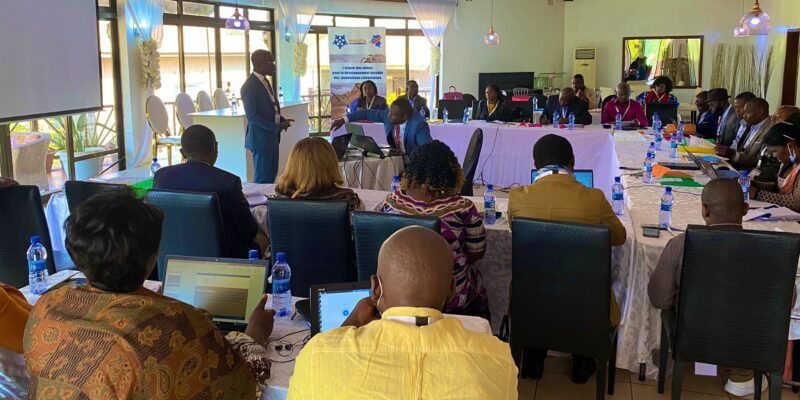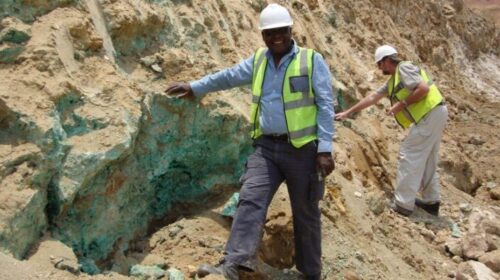The Makuta Ya Maendeleo Consortium calls for the redefinition of the objectives, regulatory of FOMIN
The Makuta ya Maendeleo Consortium has published its report analyzing the institutional and regulatory framework of the FOMIN (Mining Fund for Future Generations), established by the revised mining code of March 2018. The conclusions of this analysis show that due to the he absence of a clear vision, numerous and inconsistent objectives and deficient investment rules, the FOMIN appears as a dispersed fund which offers few guarantees of transparent, judicious and responsible management of its resources.
The analysis notes that the majority of FOMIN’s objectives defined in Decree No. 19/17 of November 25, 2019 on the status, organization and functioning of FOMIN do not agree with the idea of a Fund to guarantee the aftermath -mines and the sharing of part of the revenue from the mining sector with future generations.
The analysis also presents some lessons learned from the positive and negative experiences of managing some sovereign wealth funds in the extractive sector in Africa, which stakeholders in the DRC could draw inspiration from in the process of improving the regulatory and institutional framework of FOMIN.
“The performance of FOMIN, as a sovereign wealth fund, largely depends on the clarity of its objectives and its management rules, the prudence in the choice of investment sectors and the solidity of its transparency and accountability mechanisms. “, indicated Mr. Fabien Mayani, Member of the Makuta Consortium and Director of the Extractive Industries Governance Program of the Carter Center. The current regulatory and institutional framework of the FOMIN as well as its management rules contain structural shortcomings that must be corrected to hope for the achievement of the vision of intergenerational sharing of revenues from the mining sector”, he added.
To improve the management of FOMIN, the report proposes reducing the number of objectives, improving its management structure, adopting investment rules, strengthening transparency rules and control and monitoring mechanisms.
75 total views , 1 views today





